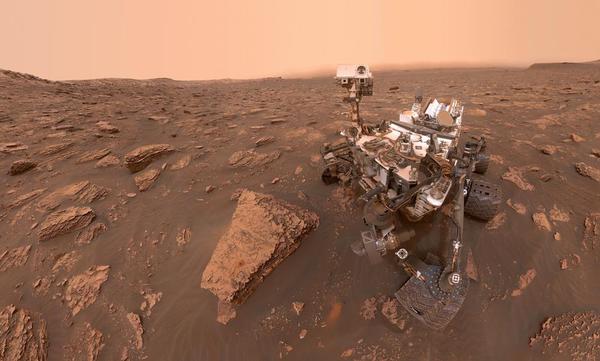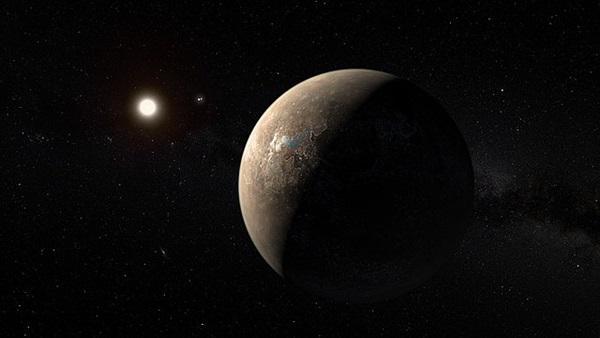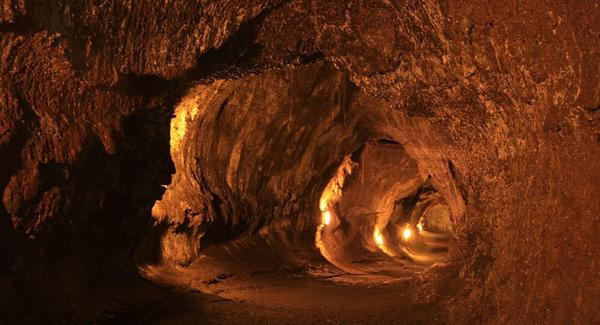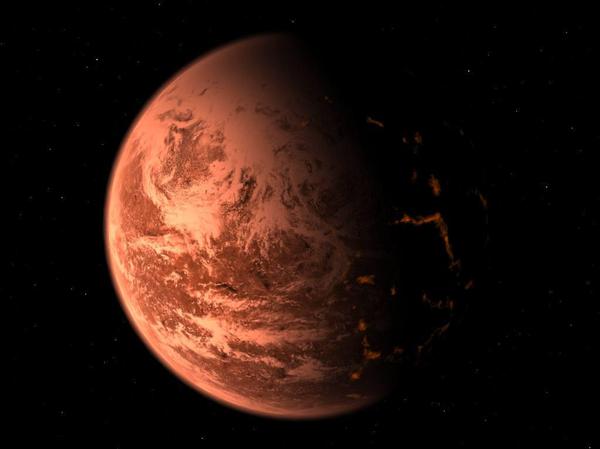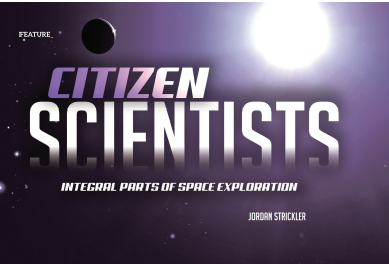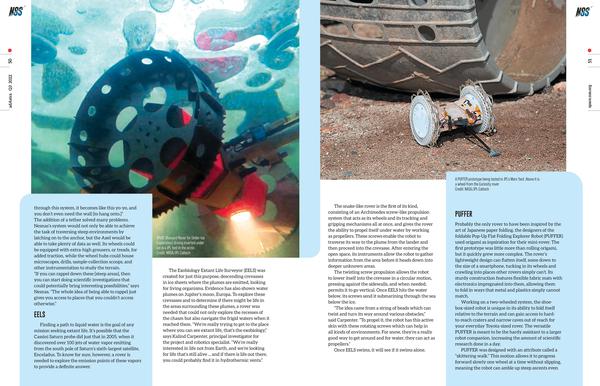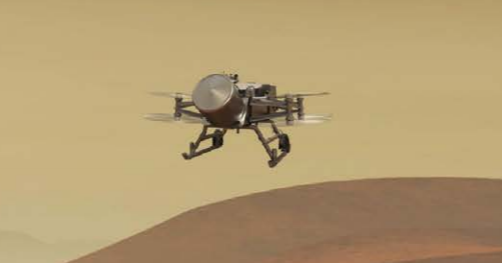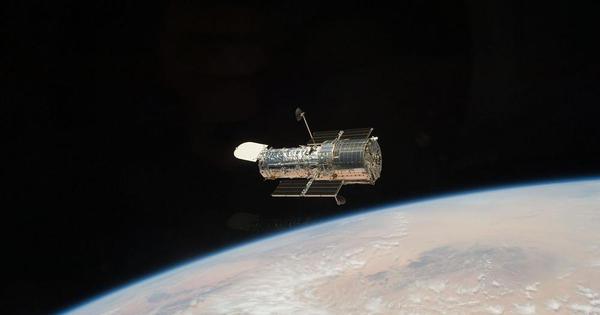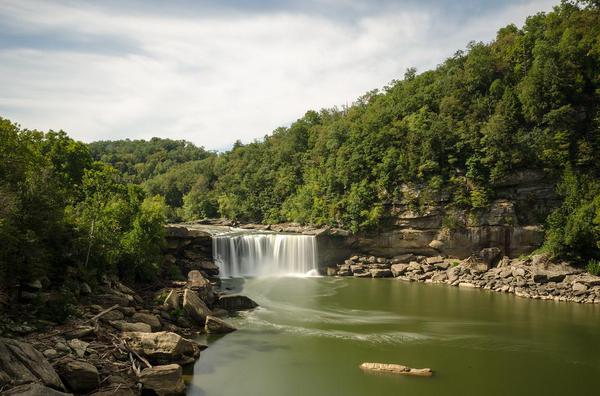ZME Science
•
8th April 2025
This Is How Autocrats Quietly Take Over and What You Can Do About It
In the past two decades, a slide from democracy toward autocracy has been a consistent global theme. Across various countries—some young and fragile, others long considered unassailable—democracies appear to be folding in on themselves. The weight of history, however, has often taught citizens to expect that parliaments, courts, and other safeguards will hold firm. Yet, as the past is starting to show, they do not always stand up to leaders who wield the slow, methodical tools of backsliding....






